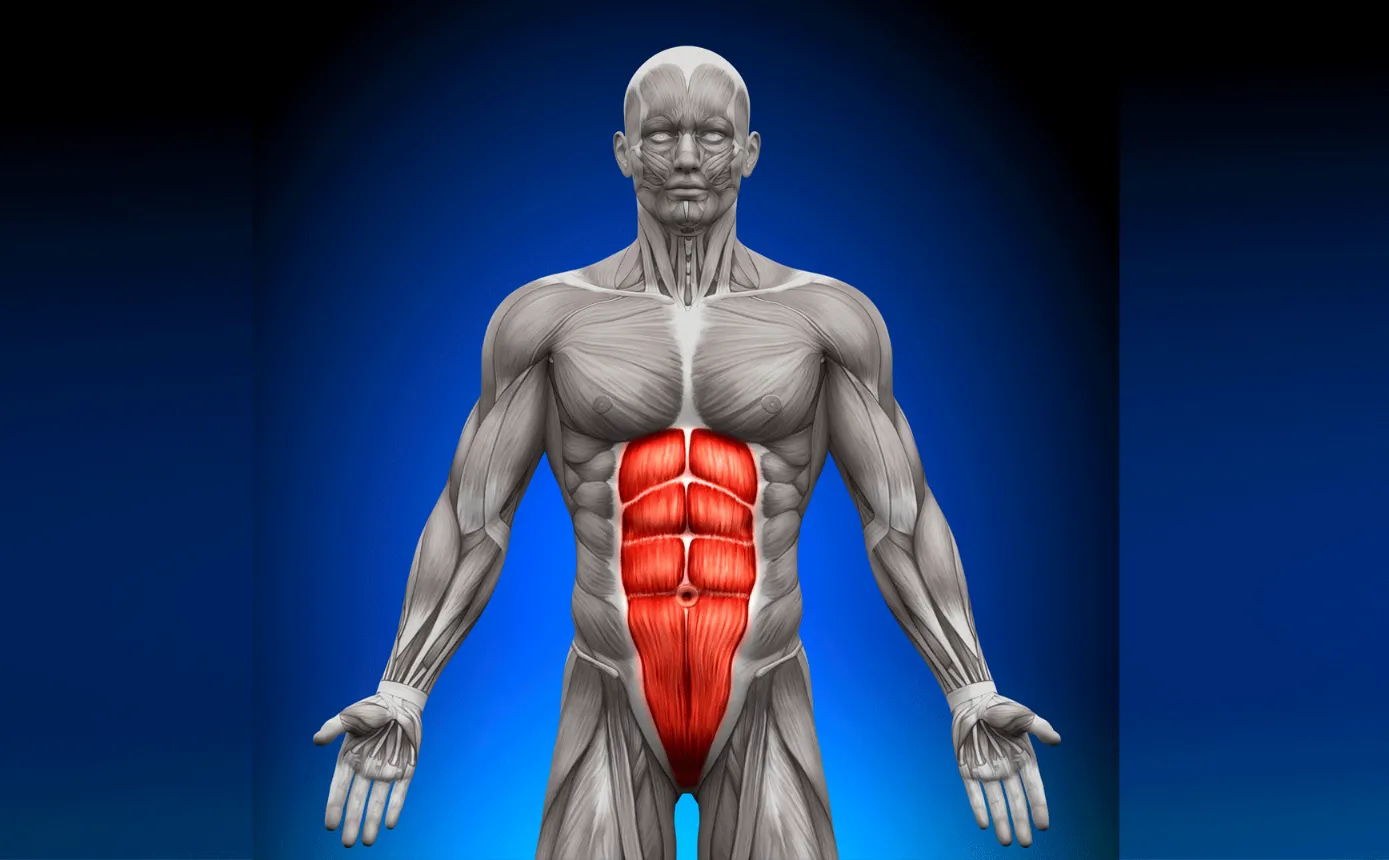Understanding Muscle Exercise
Muscle practice is an essential piece of actual wellness, advancing muscle strength and perseverance as well as generally wellbeing and prosperity. From further developing digestion to supporting weight reduction and emotional wellness, muscle practices offer many advantages. In this article, we will investigate various kinds of muscle works out, the science behind muscle development, and how to construct a viable gym routine daily practice.
Why Muscle Exercise Matters
Prior to plunging into the sorts of activities, it's fundamental to comprehend the reason why muscle exercise ought to be a critical part of any wellness routine. Muscles are something beyond for appearance; they assume a major part in body capability.
1. Digestion Boost
Muscle tissue is metabolically dynamic, meaning it consumes a bigger number of calories very still than fat tissue. This keeps a higher resting metabolic rate, which is fundamental for weight the executives and energy balance.
2. Strength and Functionality
Muscle strength improves actual execution in everyday exercises and sports. Solid muscles support bones, further develop act, and forestall wounds, particularly as we age. Utilitarian strength likewise considers simpler development and better personal satisfaction.
3. Worked on Mental Health
Studies have shown that opposition preparing and muscle activities can lessen side effects of despondency and nervousness. The arrival of endorphins during exercise supports state of mind and assists battle with pushing.
4. Upholds Bone Health
Weight-bearing muscle practices assist with expanding bone thickness, lessening the gamble of osteoporosis as we age. Obstruction preparing specifically reinforces bones and joints, offering long haul defensive advantages.
Sorts of Muscle Exercises
Muscle activities can be classified in different ways, contingent upon objectives, gear, and the particular muscle bunches designated. Here is a breakdown of the most well-known types:
1. Strength Preparing (Opposition Training)
Strength preparing centers around utilizing protection from incite solid constriction, developing fortitude and perseverance. It very well may be finished utilizing body weight, free loads (like hand weights or free weights), obstruction groups, or machines.
Bodyweight Exercises
Bodyweight practices utilize your own load as obstruction. Well known models incorporate push-ups, squats, lurches, and pull-ups. These activities are flexible and should be possible anyplace, making them ideal for fledglings and high level competitors the same.
Free Weights
Utilizing free weights or free weights adds outer weight, which builds the force of activities. For instance, doing bicep twists with hand weights or deadlifts with a free weight targets explicit muscle gatherings, considering more engaged strength preparing.
Machines
Numerous exercise centers have weight machines that offer a controlled scope of movement. Machines are gainful for disconnecting explicit muscles and are frequently utilized by novices to learn appropriate structure prior to advancing to free loads.
Opposition Bands
Opposition groups give one more type of obstruction. They are lightweight, convenient, and come in shifting degrees of trouble, making them an extraordinary choice for home exercises or travel.
2. Hypertrophy Preparing (Muscle Building)
Hypertrophy preparing points explicitly at expanding muscle size by working muscles to weariness with medium-to-weighty opposition and moderate-to-high reiterations (ordinarily 6-12 reps). This kind of activity is frequently utilized by jocks or anybody trying to improve bulk.
Key hypertrophy practices include:
Seat Press: Targets chest, shoulders, and rear arm muscles.
Squats: Fundamentally focuses on the quadriceps, hamstrings, and glutes.
Deadlifts: A compound activity that works the back, glutes, hamstrings, and center.
Hypertrophy exercises frequently consolidate moderate over-burden, where you progressively increment the weight you lift over the long run, compelling muscles to adjust and develop.
3. Power Training
Power preparing includes practices that attention on speed and power. The objective is to produce however much power as could reasonably be expected inside a brief period. This kind of preparing is urgent for competitors and includes practices like:
- Olympic lifts (e.g., Quick lift, Grab)
- Plyometric exercises (e.g., box bounces, hop squats, hazardous push-ups)
- Runs and nimbleness drills
Power preparing upgrades muscle touchiness and can work on athletic execution in sports that require fast explosions of speed and strength.
4. Perseverance Training
Solid perseverance is the capacity of a muscle or gathering of muscles to support rehashed compressions throughout some undefined time frame without exhaustion. Aerobic exercise is described by lighter opposition and higher redundancies, generally at least 15 for each set. It's significant for exercises like significant distance running, cycling, or swimming, where supported muscle movement is required.
Instances of perseverance practices include:
- Bodyweight Circuits: Doing different activities like squats, jumps, and push-ups with hardly a pause in between.
- Portable weight Swings: A full-body practice that spotlights on perseverance, strength, and cardiovascular wellbeing.
How Muscles Develop: The Study of Hypertrophy
Muscle development, or hypertrophy, happens when muscle filaments are exposed to mechanical pressure and fix themselves, prompting expanded size and strength. At the point when you participate in obstruction preparing, you make small tears in the muscle filaments. During the recuperation stage, the body fixes these tears, making the muscles more grounded and frequently bigger than previously.
Factors That Impact Muscle Growth:
- Moderate Overload: Consistently testing your muscles by expanding opposition, reps, or sets.
Volume and Frequency: The aggregate sum of weight lifted in an exercise and how frequently the muscles are functioned.
Nutrition: Satisfactory protein admission is significant for muscle fix and development. Sugars give the energy expected to exercises, and fats support generally speaking body capability and chemical creation.
Step by step instructions to Make a Powerful Muscle Exercise Routine
Whether you're a novice or a high level competitor, making a muscle work-out schedule that works for you includes adjusting a couple of key parts:
1. Objective Setting
Begin by characterizing your wellness objectives. Would you like to assemble bulk, further develop perseverance, or just keep up with strength? This will direct the kind of activities you pick and how you structure your exercise.
2. Full-Body versus Part Routine
Full-body routine: This includes working all the significant muscle bunches in a single meeting. Ideal for novices or those have opportunity and willpower to resolve a couple of days seven days.
Part routine: In a split daily schedule, you partition your exercises by muscle gatherings, for example, chest and rear arm muscles one day, back and biceps another, and legs on a different day. This considers more engaged preparing however requires more days in the exercise center.
3. Practice Selection
Zero in on compound exercises (those that work various muscle gatherings) like squats, deadlifts, and seat presses. These activities save time as well as animate more noteworthy muscle development because of the inclusion of a few muscles without a moment's delay. Join these with isolation exercises (those focusing on a solitary muscle bunch) like bicep twists or leg expansions for a balanced exercise.
4. Recuperation and Rest
Muscles need time to recuperate and develop. Guarantee you give each muscle bunch somewhere around 48 hours of rest between exercises. Sufficient rest and nourishment additionally assume imperative parts in muscle recuperation.
5. Moderate Overload
Continue testing your muscles by steadily expanding the weight, reps, or sets over the long haul. This forestalls levels and guarantees nonstop advancement.
Test Exercise Plan
Here is a basic muscle-building exercise plan for fledglings:
-Day 1: Full-Body Strength
Squats: 3 arrangements of 8-10 reps
Seat Press: 3 arrangements of 8-10 reps
Deadlifts: 3 arrangements of 8-10 reps
Board: 3 arrangements of 30 seconds hold
Day 2: Rest or Light Cardio
Day 3: Chest area Strength
- Pull-Ups: 3 arrangements of 6-8 reps
- Free weight Columns: 3 arrangements of 8-10 reps
- Shoulder Press: 3 arrangements of 8-10 reps
- Bicep Twists: 3 arrangements of 10-12 reps
Day 4: Rest or Stretching
Day 5: Lower Body Strength
- Jumps: 3 arrangements of 8-10 reps for each leg
- Leg Press: 3 arrangements of 10-12 reps
- Romanian Deadlifts: 3 arrangements of 8-10 reps
- Calf Raises: 3 arrangements of 12-15 reps
Day 6: Dynamic Rest (light exercises like strolling, swimming, or yoga)
Day 7: Full Rest
Conclusion
Muscle practices are fundamental for developing fortitude, further developing perseverance, and upgrading generally speaking wellness. Whether you're holding back nothing, power, or perseverance, integrating standard muscle practices into your normal will prompt critical medical advantages. Keep in mind, consistency, legitimate structure, and a fair way to deal with preparing and recuperation are critical to accomplishing long haul results. With a smart arrangement and devotion, anybody can see improvement in their muscle-building venture.
This is a point by point breakdown of muscle works out, including their sorts, advantages, and test schedules. Inform me as to whether you need to develop a particular segment.





0 Comments